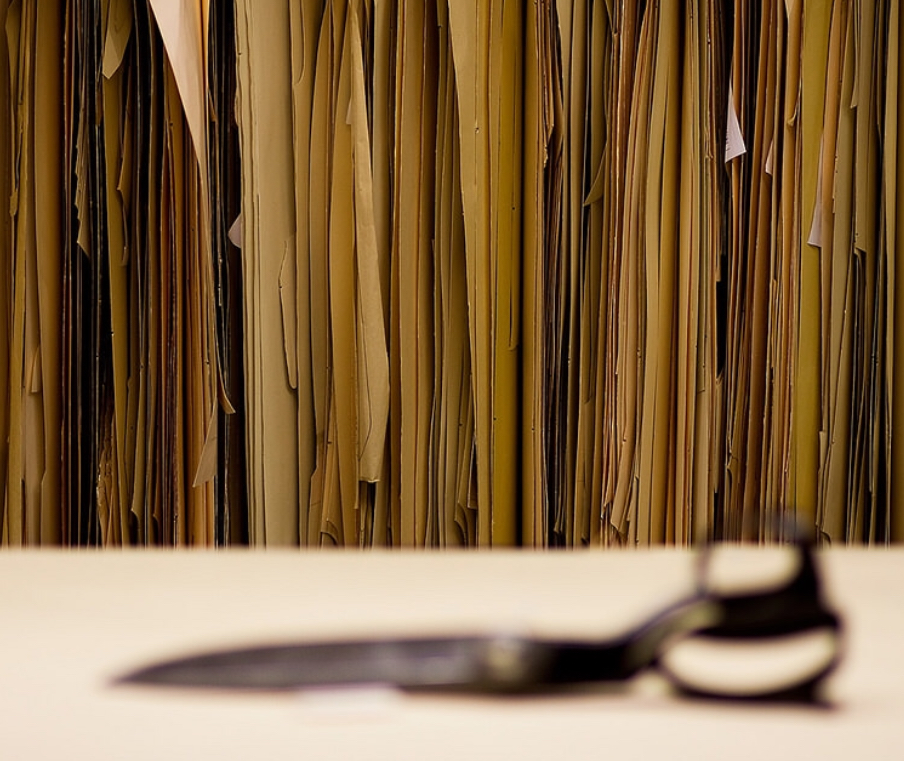One of my photo hosting sites is changing its terms of service so I'm going to start archiving photos on Instagram, in case they become no longer visible on the blog. You can find them at @jdiduch

Friday, November 16, 2018
Friday, November 2, 2018
Going Down the Vintage Rabbit Hole
Part One.
The first recorded sale of Hickey Freeman merchandise to the retailer Capper & Capper of Chicago was in 1912. This was also the year that Hickey Freeman opened its new building, known as the Temple to Fine Tailoring.
I recently put my hands on a suit whose exact age was unknown but vintage clothing experts estimated to be mid-1920's. When I got it I did some research and from the labeling I was able to place it squarely between 1920 and 1932. Still a large window of time. Fortunately the styling helped me narrow it down. The suit is made from a herringbone-woven tweed; a 3-roll-2 button coat, one open breast patch pocket, two lower patches with rounded flaps, a belted back, and center vent. The vest has four welt pockets, and instead of trousers, knickers. This was a golf suit.
In the 1920's and 1930's the company produced style guides which were distributed around the country to advertise the latest clothing, sumptuously illustrated with oil paintings done by noted painter Thomas Webb. Being a moderately heavy tweed, I started looking through the fall style guides but found nothing. Not being a golfer it never occurred to me that golf suits would be sold in the spring and not the fall. From the early 1920's I found several illustrations of the Sports Suit but the details were wrong. Two button fronts. Three buttons with squared off, button-through flaps. The 1926 book is not correct and I don't have the 1927 spring book, but there in the 1928 Spring Clothes For Men guide I found the exact suit. Of course, it could be later than 1928 but there is a small detail on one of the labels that suggests it would be no later than 1932. The company began using the term "Customized Clothes" in 1920 but registered it in 1932, thereafter it would be "Customized ® Clothes". The ® is missing from the inside breast pocket label.
Another small detail helps to narrow things down a bit. The company had a policy of only allowing Hickey Freeman garments to be sold and advertised in one retailer per city. Those cities which had sufficient population to support more than one retailer were then given the exact same garments but branded Walter Morton Clothes, a label created by joining the first names of the two sons of the founders, Walter B. D. Hicker and Morton J. Baum. This began in 1928. The Capper & Capper Chicago stores (of which there were 3) carried Walter Morton while the Detroit stores (also 3) sold Hickey Freeman branded merchandise. If this were a post-1928 garment it woudl have to have been sold in Detroit rather than Chicago. Nothing definitive but interesting.
Also perhaps interesting is that Capper & Capper is one of several retail stores which, along with F. R. Tripler of New York, became delinquent in their payments largely due to the great depression, and rather than force the companies into bankruptcy, Hickey Freeman invested capital in them to prop them up, and in 1933 the company gained a controlling interest in the stores. By the 1950's the company owned both retailers outright. Walter B. Duffy Hickey, the grandson of the founder and the son of the namesake of the Walter Morton label spent his college years working at one of the Chicago Capper & Capper stores, in 1960 and 1961.
We'll look closer at the construction in another post.


















